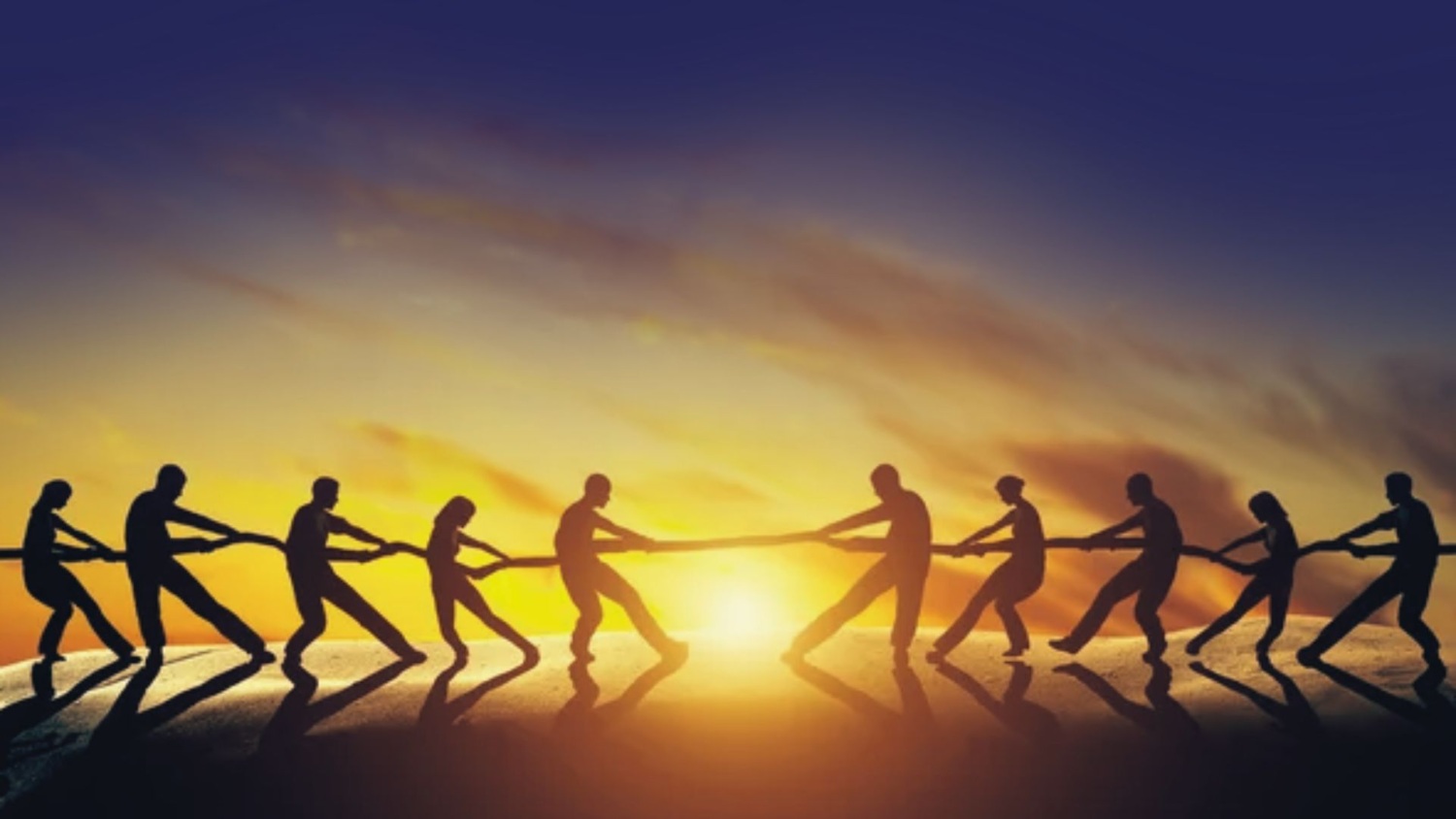The Real Fight — Who Are We Really Fighting?

We live in a time of deep division, amplified by every news story and almost every decision coming out of our political halls. Scroll through social media, turn on the news, or sit through a dinner conversation and you’ll see it: the sharp edges of polarization. The loudest voices are often those tearing others down, not building bridges. In a world of silos and echo chambers, it’s tempting to pick a side and stay there.
But here’s the truth: we’re not fighting the right fight. The real enemy isn’t our neighbor. It’s not the person who voted differently, lives a different lifestyle, or grew up in another ZIP code. The real enemy is an economy that does not work for all, a workforce unprepared for the jobs of today, and a failure to understand that public safety comes from both investments in law enforcement and in education and employment. Educated people with good jobs commit less crime.
The true threat is the status quo—fighting each other while failing to solve real problems.
When I was at Chick-fil-A, I often said, we don’t do philanthropy, we do leadership. And leadership is about solving hard problems—together. Crime, poverty, housing insecurity, education gaps, lack of access to healthcare, and stagnant economic mobility. These are the barriers holding us all back, yet we waste our energy pointing fingers instead of joining hands.
We must ask ourselves: who are we really fighting? Is it the person across the aisle—or the problems that affect us all? If we truly live in the Same House, isn’t it time we worked to build it, not tear it down?
The Cost of Polarization
There is a clear and present danger. Division has become vogue. Inclusion has lost favor. Polarization is profitable—it fuels ratings, sells ads, and garners clicks. But while division may benefit the few, it harms the many.
The consequences are everywhere. Communities that once collaborated now compete. Schools are underfunded. Entrepreneurs in underserved areas lack access to capital. Economic mobility is shrinking.
These are not red or blue issues. They are not rural or urban problems. They are American challenges—and they demand an American response.
Yet we remain distracted by false divisions: race, class, geography, and religion. These have been used as tools of division rather than forces for inclusion. And it’s not by accident. These systems were designed this way. But we have the power—and responsibility—to dismantle them.
Life as a Consequence of Experience
We are all shaped by what we’ve lived through. Our beliefs, behaviors, and biases are not born in a vacuum—they are the consequences of experience. That’s why empathy is not enough. We need compassion.
Empathy says, “I feel your pain.”
Compassion says, “I will walk with you through your pain.”
It’s easy to stay on the sidelines, especially when you haven’t lived what someone else has endured. But our communities won’t heal if we only observe. Healing happens when we engage. When we stand in each other’s shoes. When we choose to see the world through a different lens.
That’s what real inclusion looks like. That’s what real leadership looks like.
No Greater Love
This Easter season reminds us of a timeless truth: “Greater love hath no man than this, that he lay down his life for his friends.”
That doesn’t always mean death. Sometimes, giving your life means giving your comfort. It means giving up the need to always be right. It means being willing to sit down and truly listen to someone you don’t yet understand.
Giving your life can look like standing in someone else’s shoes—even if it’s uncomfortable. Inclusion begins where comfort ends. If we want to build a Same House, we must do the hard work of understanding, reconciling, and rebuilding.
A Call to Action
The time to act is now. We can no longer afford to be divided. The stakes are too high. We are the generation that must choose differently. We must fight the real fight—not against each other, but against the barriers that keep us all from thriving. This is our moment to show what unity looks like. To model compassion. To seek truth, even when it’s hard to swallow. To put a little sugar in the medicine for those who aren’t ready for the full dose. Because inclusion isn’t about comfort—it’s about commitment.
Take the Same House Pledge and commit to fighting the right fight. Together.
